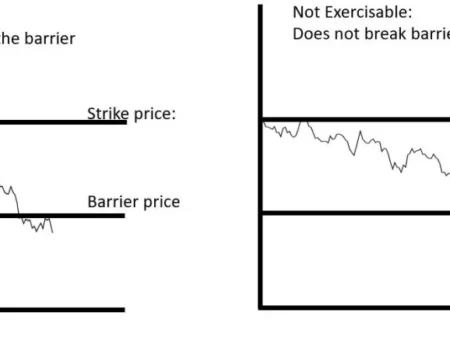
A stock is an asset that represents a portion of a company’s ownership. When you buy stock in a company, you are buying a small portion of the company known as a share.
Investors purchase stock in companies they believe will appreciate in value. If this happens, the value of the company’s stock rises as well. The stock can be sold for a profit. When you own stock in a company, you are referred to as a stockholder because you share in the company’s profits.
Public corporations sell their shares on equity market exchanges such as the Nasdaq or the NYSE. According to the SEC, corporations can use stock offerings to raise funds to pay off debts, introduce new products, or expand their operations.
Investing in equities allows individuals to grow their money and outperform inflation over time. As a shareholder, you can profit from rising stock prices, receive dividends when the company distributes profits, and certain stockholders have the right to vote at annual meetings.
Brokerage firms assist investors in the purchase and sale of stocks. The stock exchanges keep track of supply and demand for each company’s shares, which has a direct impact on share prices.
Stock prices fluctuate throughout the day, but traders who own stock believe it will increase in value over time. In contrast, not every firm or share does so: firms may lose value or cease operations entirely.
If this happens, traders and investors may lose all or a portion of their money. That is why diversification is critical for traders. A good rule of thumb is to spread your capital out by investing in a variety of companies rather than concentrating on just one.
Stock Illustrations

Stocks are classified into two types: common stocks and preferred stocks. Both types of stocks allow investors to profit, but the key difference is the right to vote. Common stockholders frequently receive dividends and voting rights at the annual meeting. Preferred stocks, on the other hand, do not have the right to vote but have a greater claim to a company’s assets and profits than ordinary shareholders.
Stocks that are well-known
There are several types of stocks available, with the most popular falling into three categories: growth, value, and blue-chip shares.
1. Blue-chip stocks

Major corporations that issue blue-chip equities have exceptional credibility and are well-regarded in their industry. They are similar to value stocks in that they provide consistent earnings.
Blue-chip companies include Unilever and AT&T.
2. Stocks with high growth

Growth companies have higher P/E ratios and rarely pay out large dividends. They can also provide higher profits, but at the expense of greater volatility or risk. The most promising growth stocks appear to be those with large and rising market demands. This is especially true if the company can delve into client requirements over time.
However, these firms may face a slew of competitors; the likelihood of a growth stock’s company being disrupted is high. Share prices may fall even if the company is in a slump.
Two examples of growth stocks are Amazon and Meta (Facebook).
3. Stocks of high value

These stocks are the polar opposite of growth stocks in that they are undervalued, trading at lower prices when compared to a company’s profits, cash flow, and total book value. Companies that sell value stocks are usually well-known and have been in business for a long time. They may also have established themselves as the best in the business.
Investors looking for consistency in their holdings may choose companies with proven models. Despite lower returns, value equities are typically larger corporations with higher dividends.
Two examples of value stocks are JPMorgan Chase and Intel.



